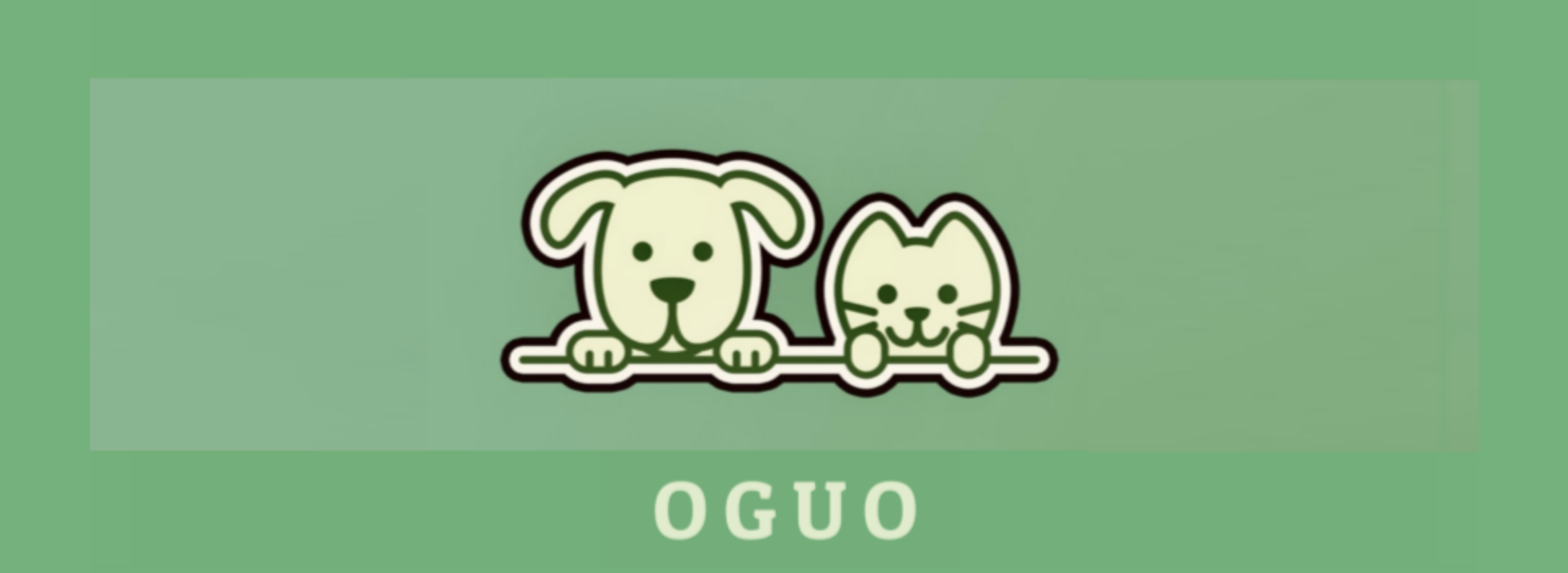티스토리 뷰
Why Does My Dog Lick Only One Paw? Is There a Difference Between Left and Right?
OGUO.official 2025. 3. 11. 08:25Have you ever noticed your dog constantly licking just one specific paw?
At first, it might seem like an innocent habit, but repetitive licking of a particular paw can signal an underlying issue that shouldn’t be ignored.
"Why does my dog lick only one paw?"
"Could there be a difference between left and right paws?"
"Is this a sign of a health problem, or is it just a behavioral quirk?"
In this article, we’ll explore the possible reasons behind this behavior, how to differentiate between medical and behavioral causes, and what you can do to help your dog. 🧐

🔍 1. Why Does My Dog Lick Only One Paw?
Dogs lick their paws for various reasons, but when they focus on just one specific paw, it often indicates a localized issue or discomfort.
Here are the main causes:
✅ 1) Physical Causes – Something Is Wrong with the Paw!
✔ Injury (Cuts, Punctures, Bruises)
- Your dog may have stepped on something sharp, like glass, thorns, or rough pavement.
- If they suddenly start licking only one paw, check between their toes and pads for any wounds.
✔ Joint Issues (Patellar Luxation, Arthritis, Ligament Injuries)
- If your dog licks only one leg, they might be experiencing joint pain.
- Small breeds like Pomeranians, Maltese, and Poodles are prone to knee dislocation, which could be why they’re focusing on a single paw.
✔ Overgrown or Broken Nails
- A cracked or excessively long nail can cause discomfort, leading to excessive licking of that particular paw.
✔ Nerve Compression & Tingling Sensation
- If your dog has nerve compression or circulatory issues, they may lick one paw to relieve discomfort.
✅ 2) Skin-Related Causes – Itchy or Irritated Skin!
✔ Allergies (Food, Contact Allergies, Pollen, Chemicals, etc.)
- If your dog licks just one paw, they may have had direct contact with an irritant while walking or playing.
- Common culprits include grass, floor cleaners, or certain fabrics.
✔ Fungal & Bacterial Infections (Malassezia, Yeast Overgrowth)
- If the paw appears red, swollen, or has an unusual odor, it may be a yeast infection.
- Malassezia infections often begin in a single paw before spreading.
✔ Mites, Fleas, or Parasitic Infections
- A flea or mite bite can trigger excessive licking in a specific area.
✅ 3) Psychological Causes – Stress or Anxiety!
✔ Obsessive-Compulsive Disorder (OCD, Repetitive Behavior)
- If your dog constantly licks the same paw, it may be a sign of obsessive behavior.
- This is common in dogs that experience separation anxiety or chronic stress.
✔ Separation Anxiety & Attention-Seeking Behavior
- If your dog licks their paw only when you’re not home, they might be dealing with separation anxiety.
- Some dogs use this behavior to gain their owner’s attention.
✔ Boredom & Lack of Stimulation
- Dogs that aren’t mentally or physically stimulated may develop self-soothing behaviors like licking a single paw.
🧐 2. Left Paw vs. Right Paw – Does It Matter?
🐾 If Your Dog Only Licks Their Left Paw:
- Left-leg joint issues or nerve compression are possible causes.
- Obsessive licking behaviors often start on one side of the body.
🐾 If Your Dog Only Licks Their Right Paw:
- A localized injury, foreign object, or nail issue could be the reason.
- Anxiety-prone dogs may focus on one paw as a self-soothing behavior.
➡ The key takeaway: If your dog persistently licks only one paw, it’s time to investigate the cause!
🎯 3. What Should You Do If Your Dog Licks Only One Paw?
✅ 1) Examine the Paw Thoroughly
✔ Check between the toes and paw pads for cuts, swelling, or discoloration.
✔ Inspect the nails for cracks or excessive growth.
✔ Observe if your dog is limping or showing signs of pain.
✅ 2) Identify Possible Allergies
✔ Wash your dog’s paws after every walk to remove potential allergens.
✔ Consider switching to hypoallergenic food or a new protein source if food allergies are suspected.
✔ Monitor changes in licking behavior after exposure to grass, floors, or new cleaning products.
✅ 3) Reduce Stress & Increase Activity
✔ Provide daily walks (20–40 minutes) and interactive playtime.
✔ Use puzzle toys or nose-work games to keep their mind engaged.
✔ Increase physical contact, such as petting and cuddling, to reduce anxiety.
✅ 4) When to Visit the Vet
✔ If your dog continuously licks the same paw for days or weeks.
✔ If there are signs of redness, swelling, discharge, or a bad smell.
✔ If your dog shows pain when walking or starts limping.
🐾 OGUO Perspective: Small Behaviors Can Indicate Bigger Problems!
Many pet owners assume that paw licking is harmless, but it can actually be a critical sign of an underlying issue.
Whether it’s a medical problem, skin irritation, or stress-related behavior, your dog is trying to tell you something.
✔ It could be a minor injury or a sign of an underlying joint issue.
✔ It might be an allergic reaction from something they stepped on.
✔ Or, it could simply be your dog trying to cope with boredom or anxiety.
"Never ignore repeated paw licking. Take action now to ensure your dog’s health and happiness!" 🐕
📌 References
- American Veterinary Medical Association (AVMA) – Canine Paw Licking & Behavioral Issues
- Journal of Veterinary Behavior – Stress-Induced Habits in Dogs
- Veterinary Dermatology Research – Common Allergies in Canines
- OGUO Pet Research Center (2024) – Analysis of Canine Limb-Focused Behaviors
🔥 Every small behavior has meaning. Observe, identify, and act to ensure your dog stays happy and healthy! 🏡
